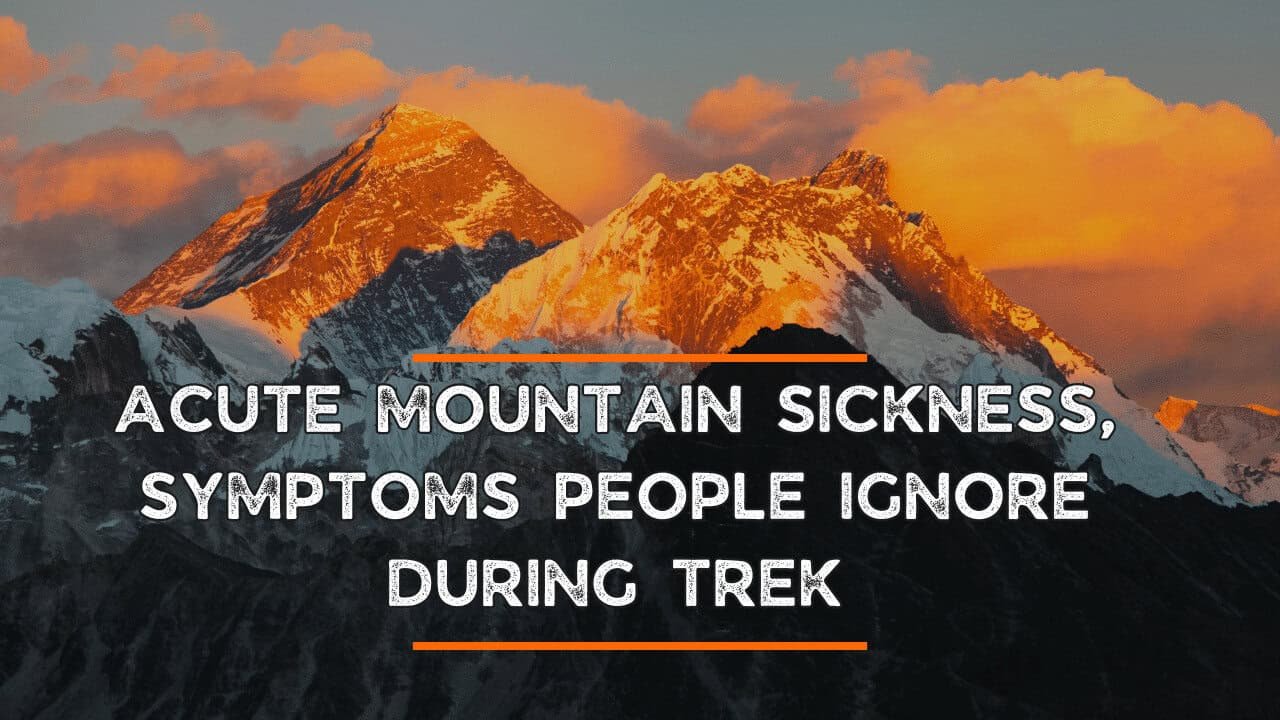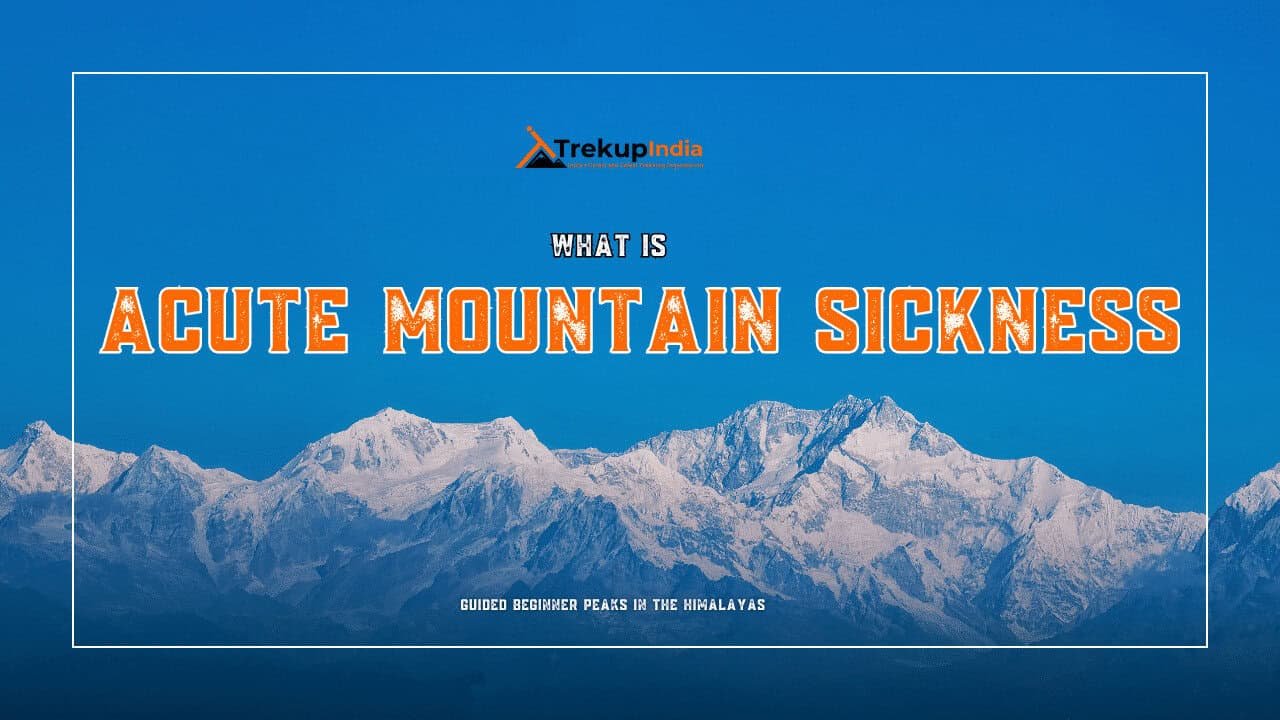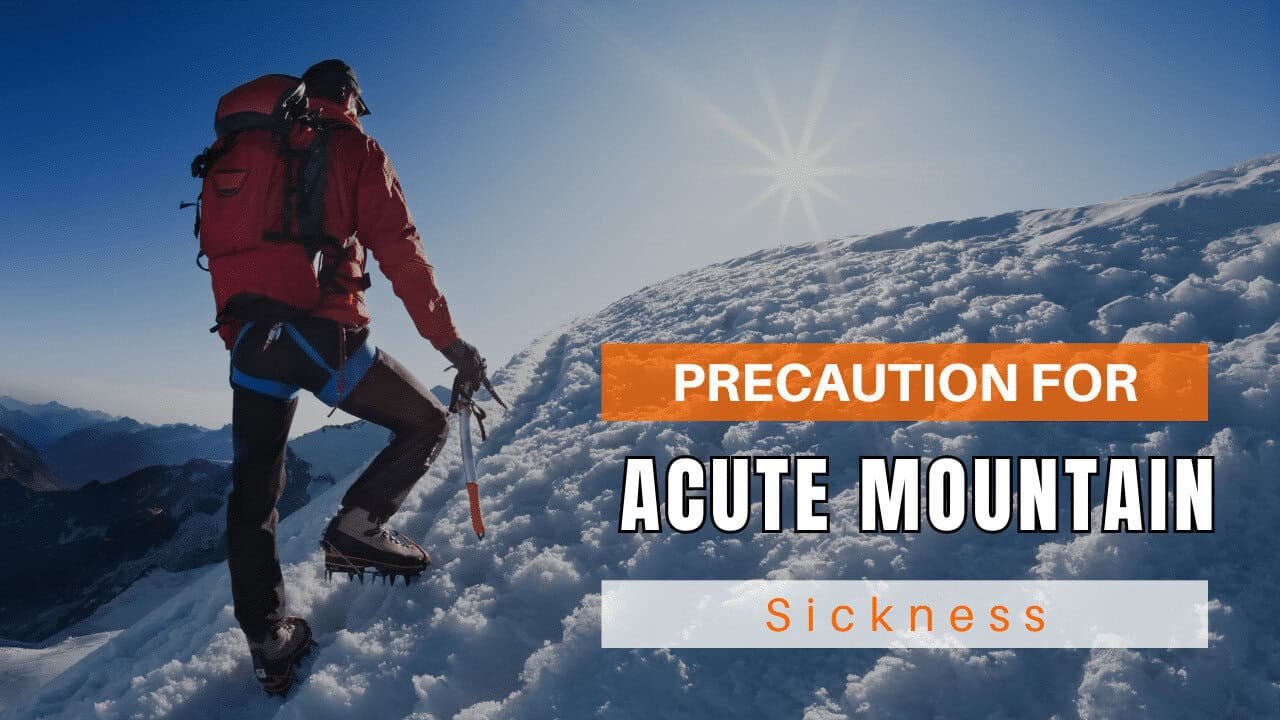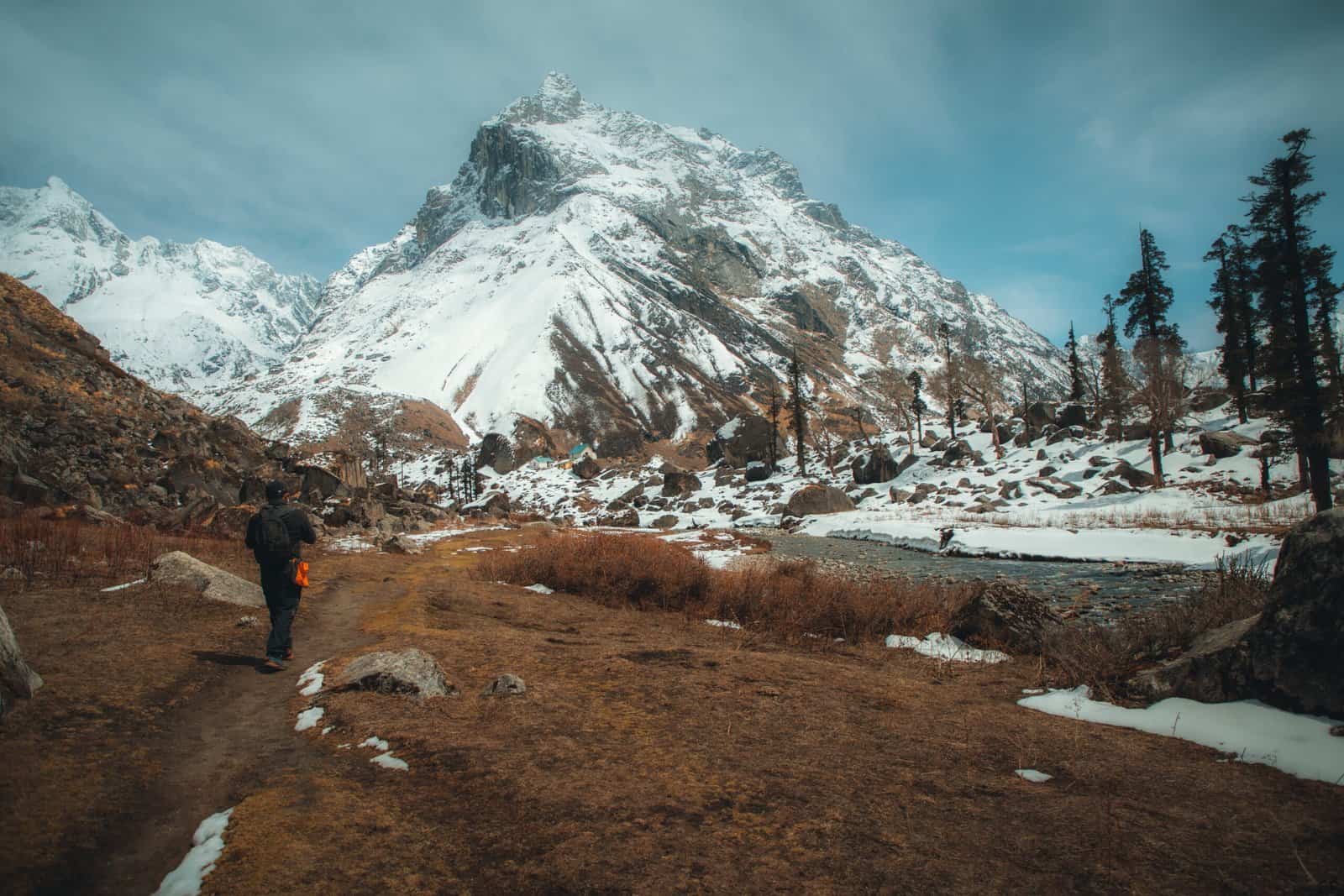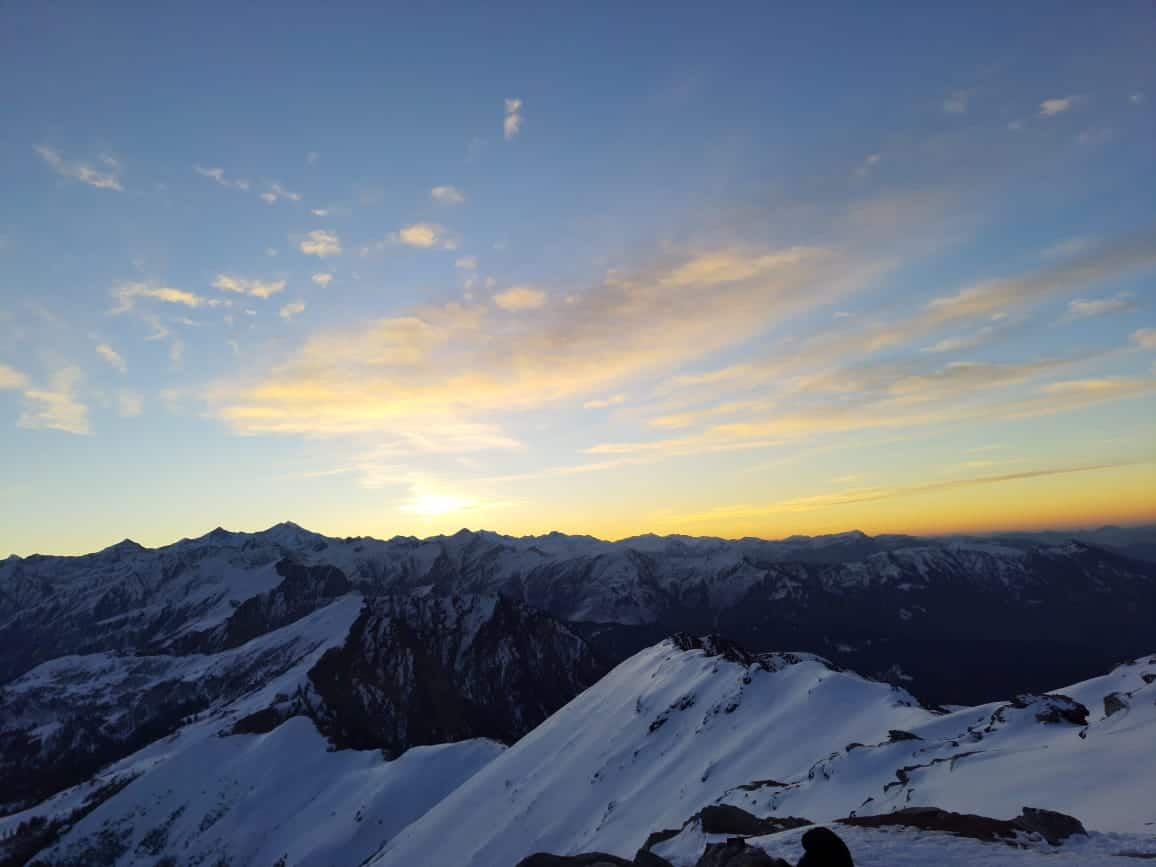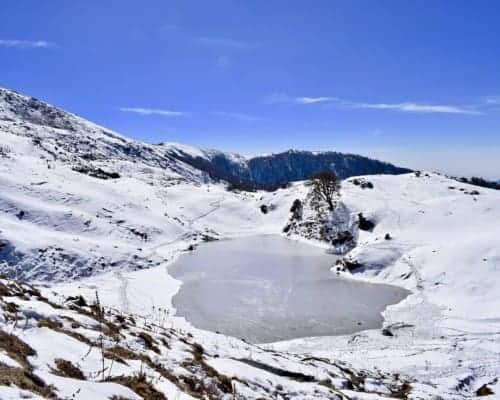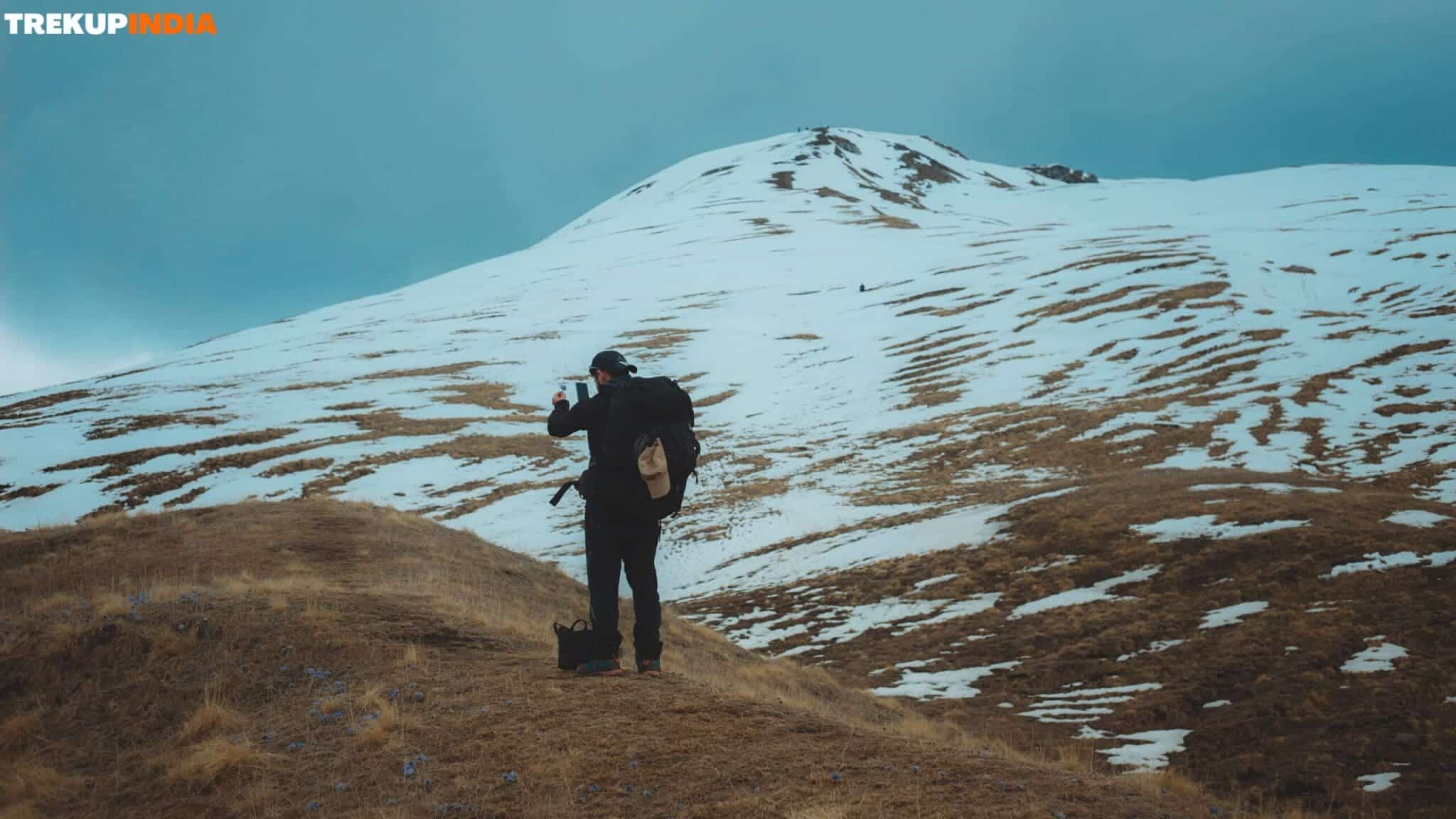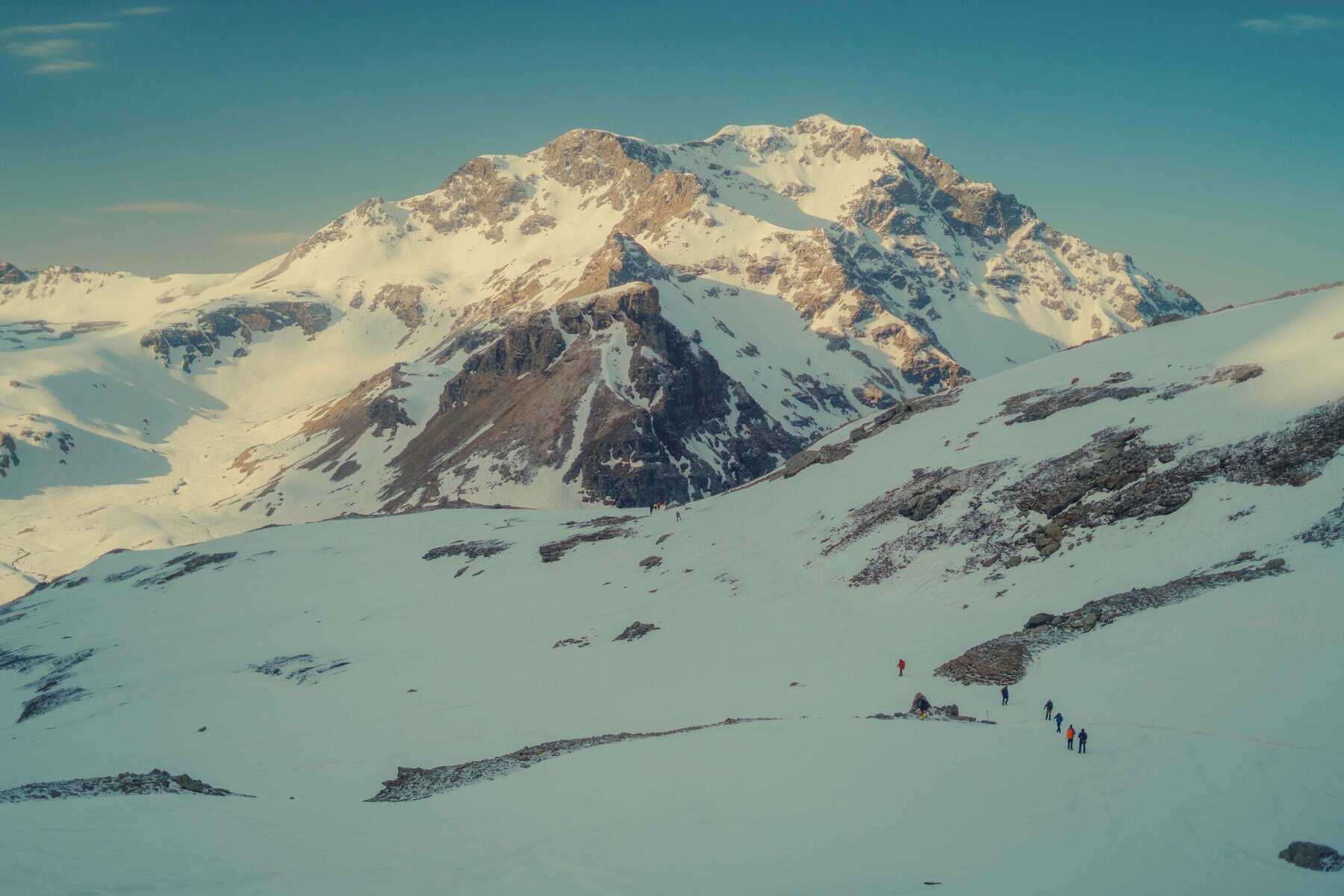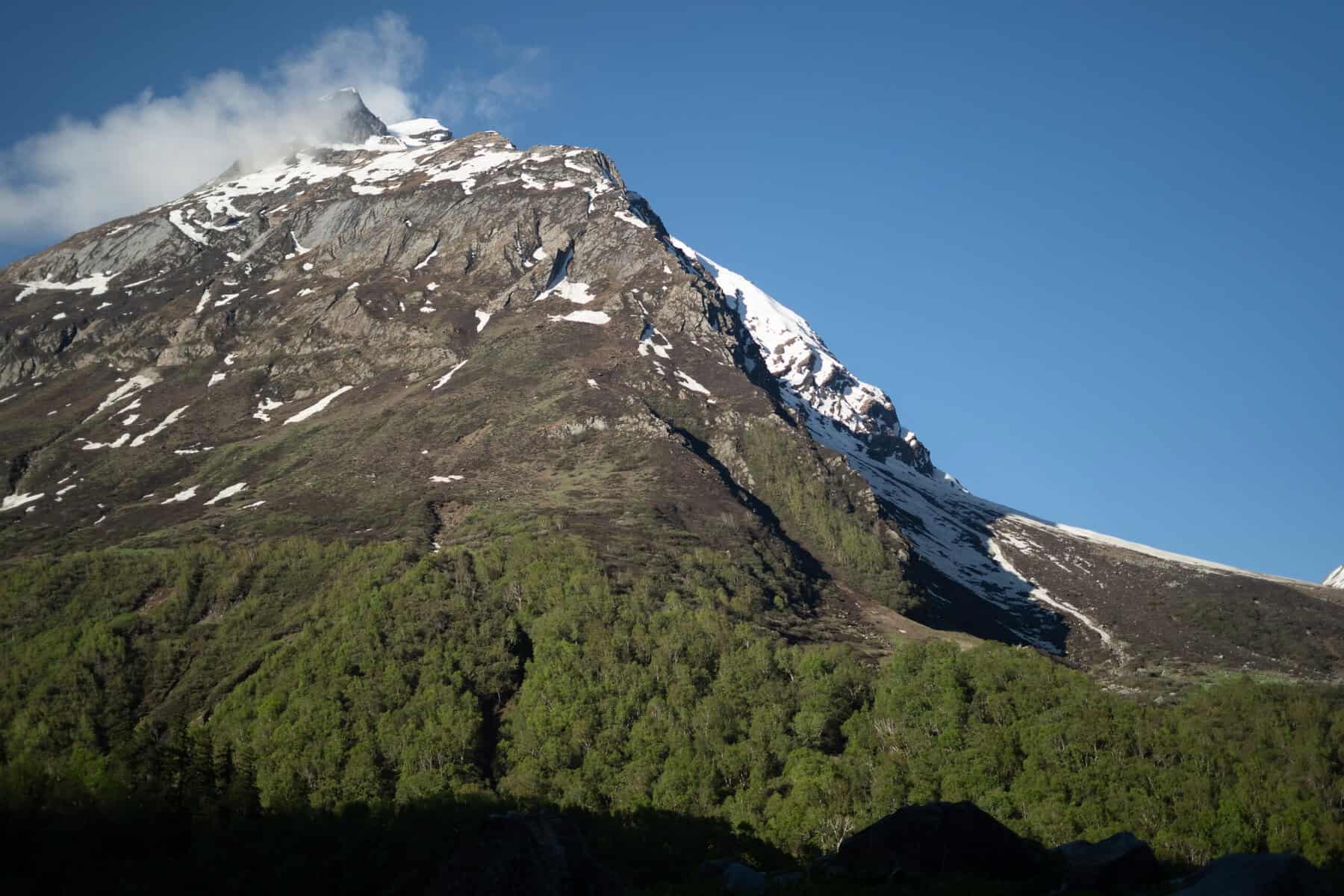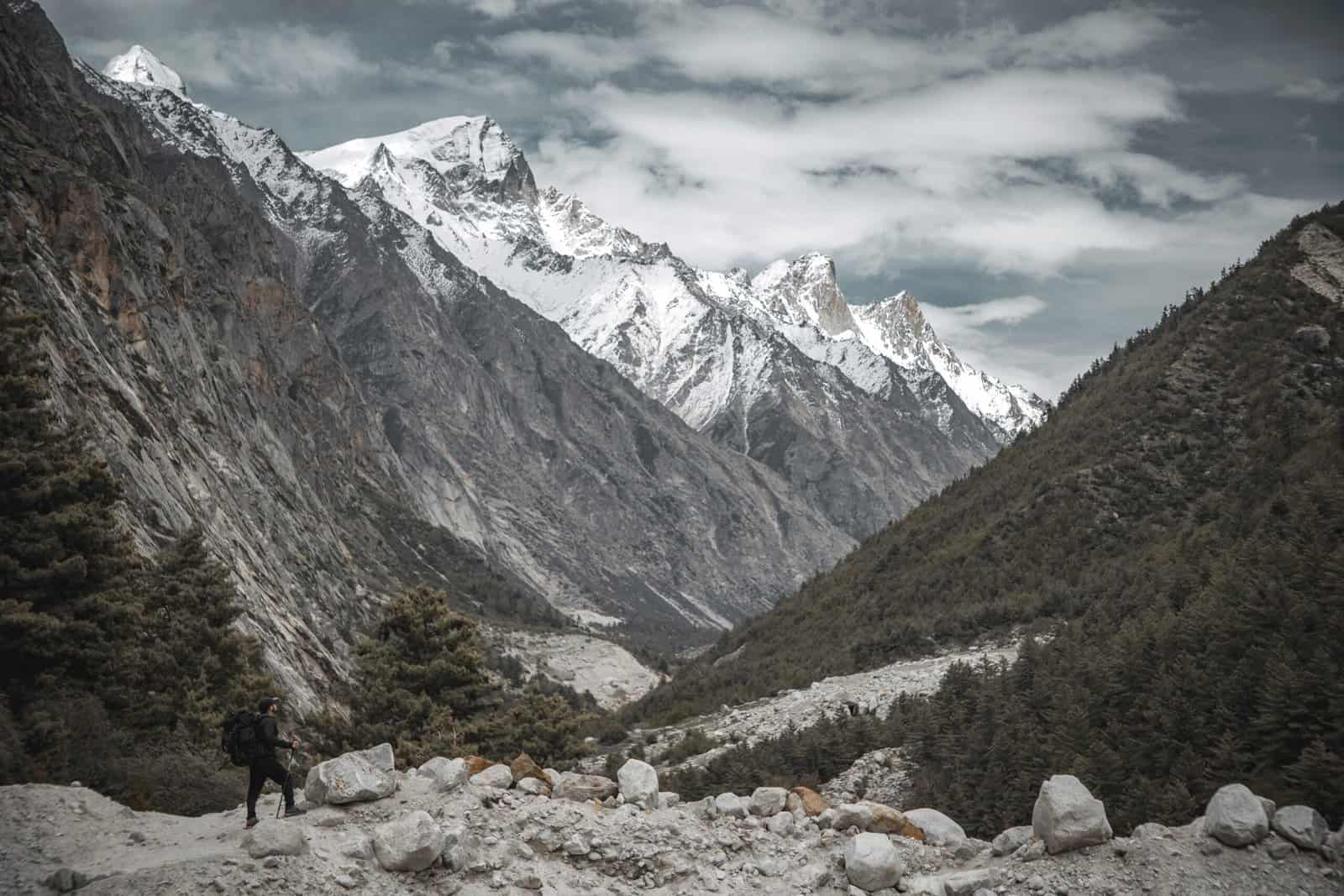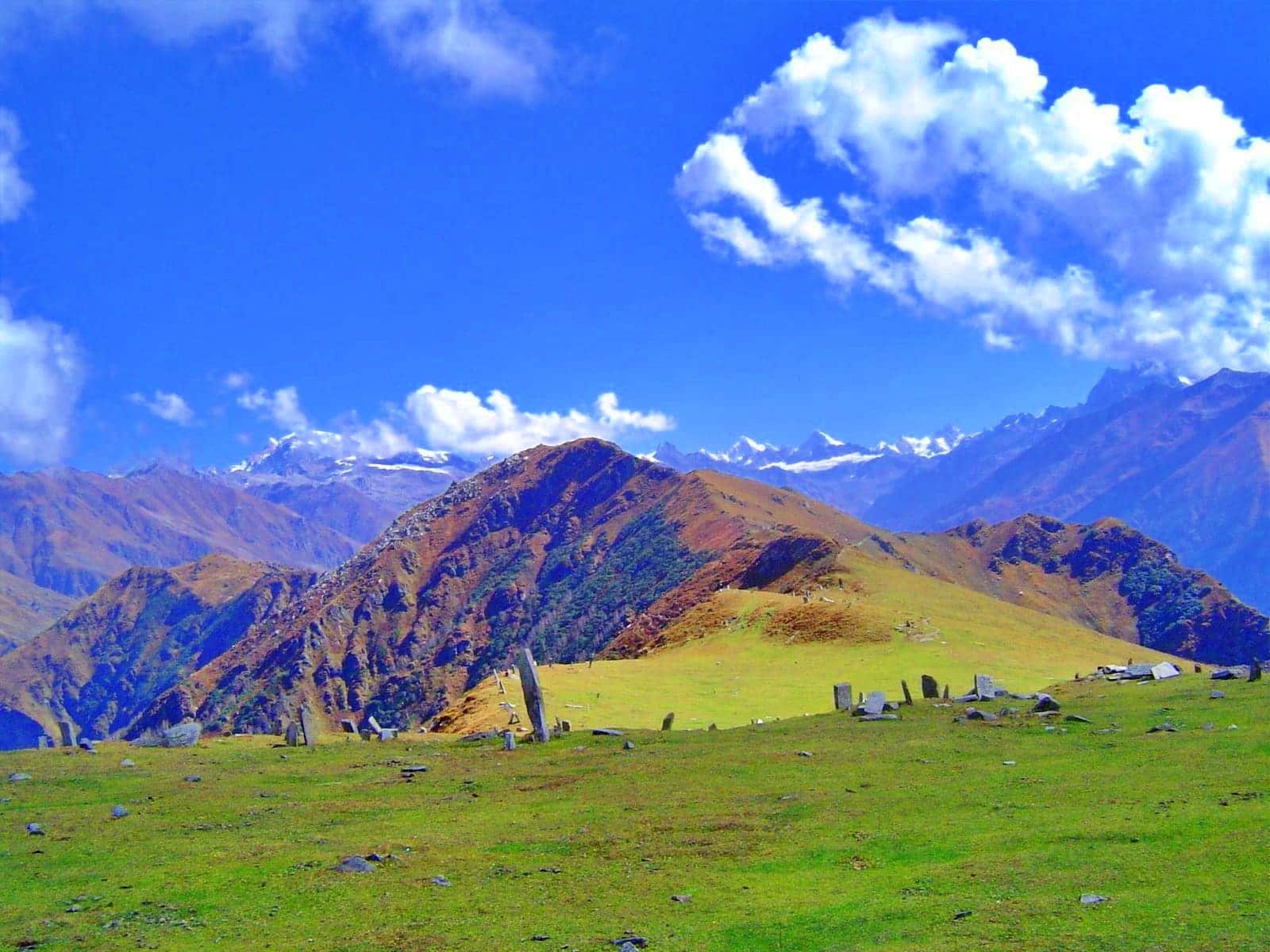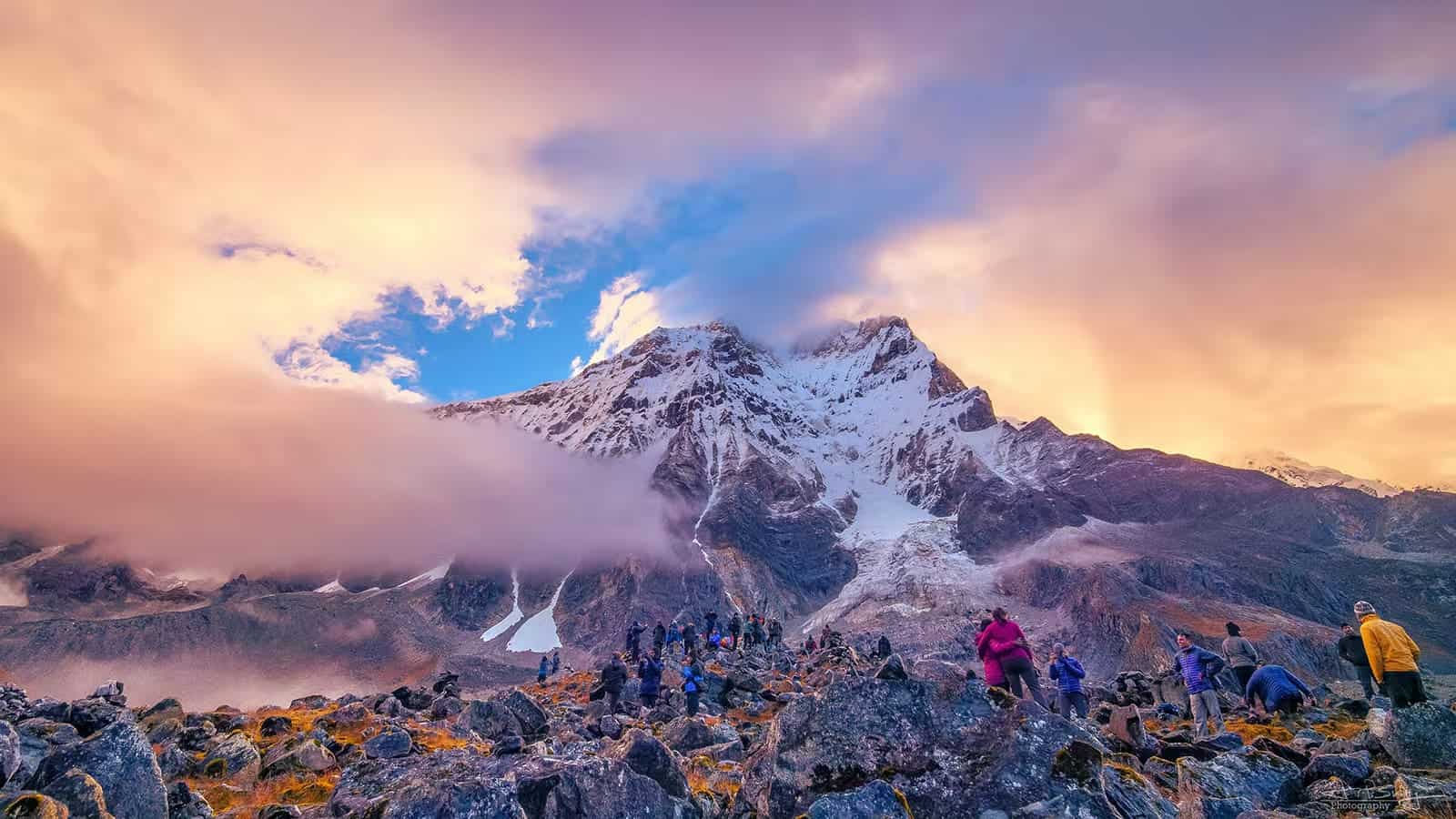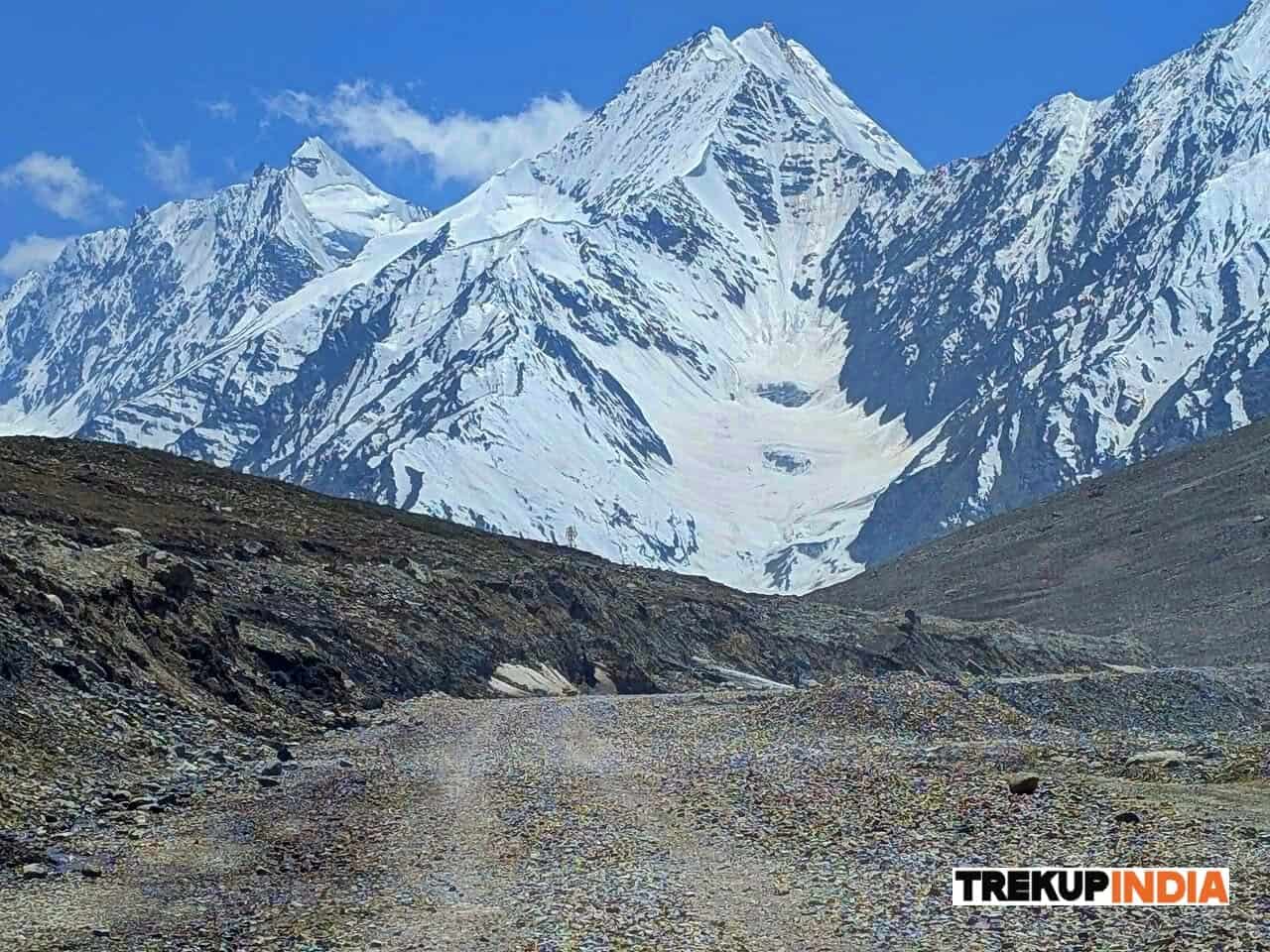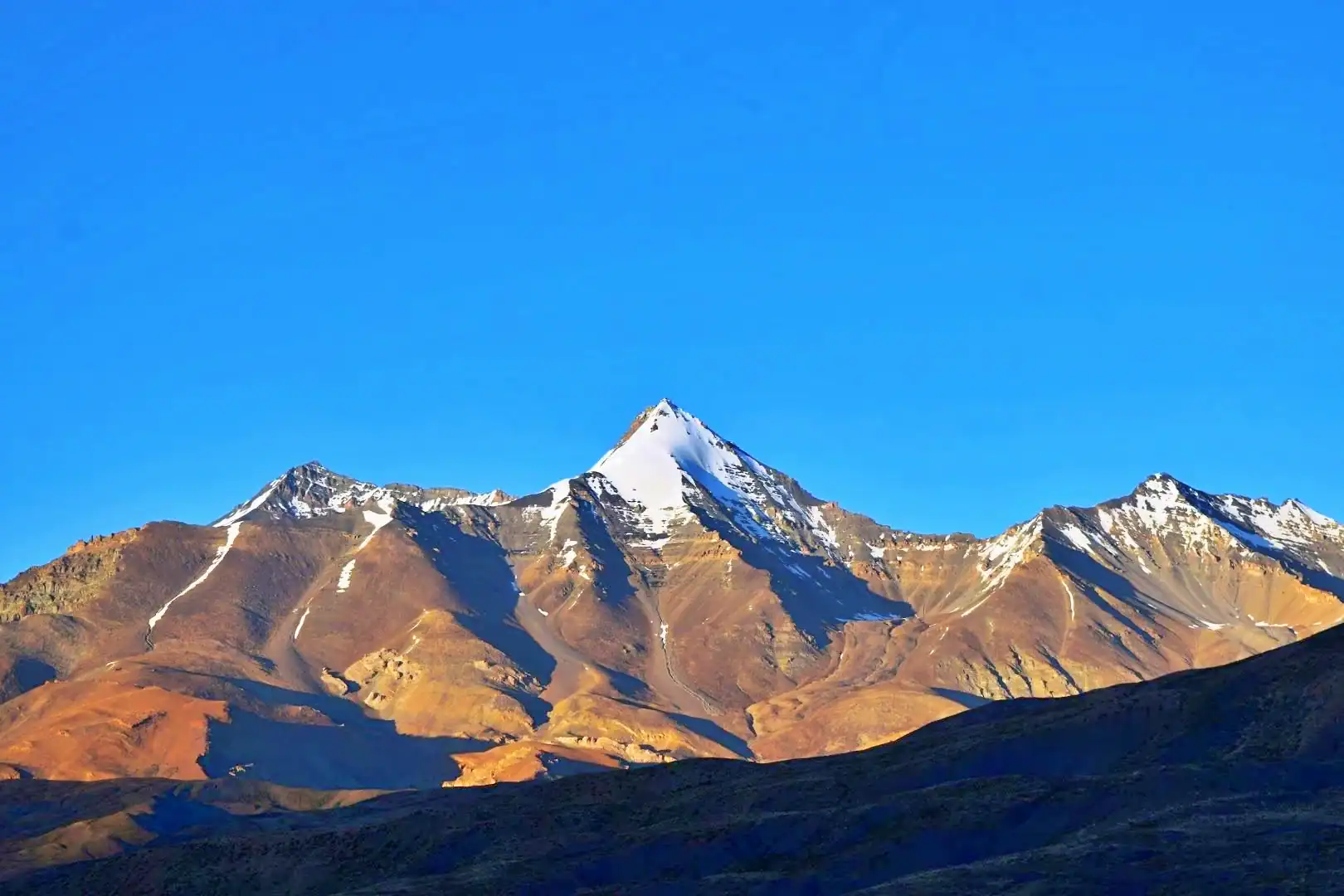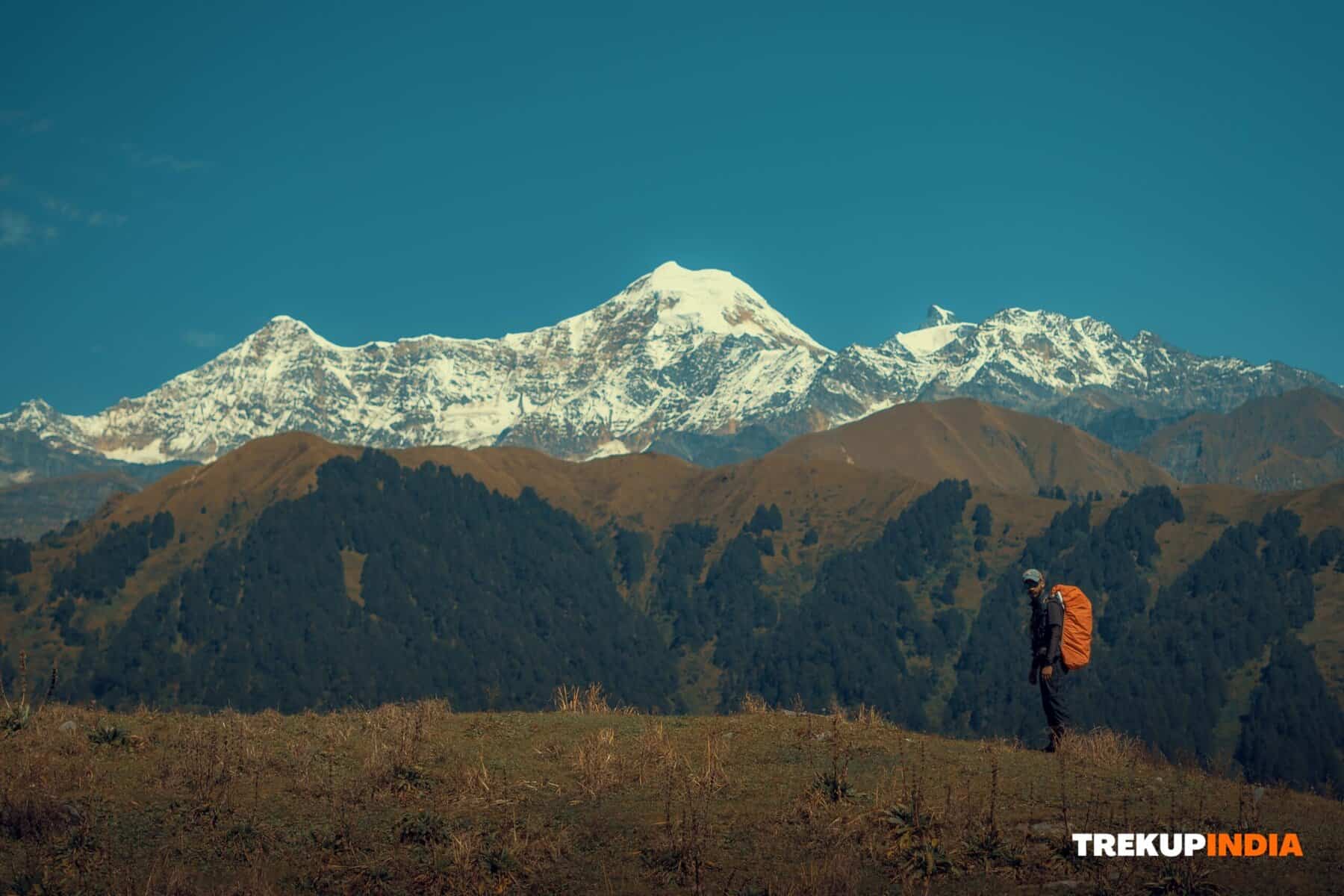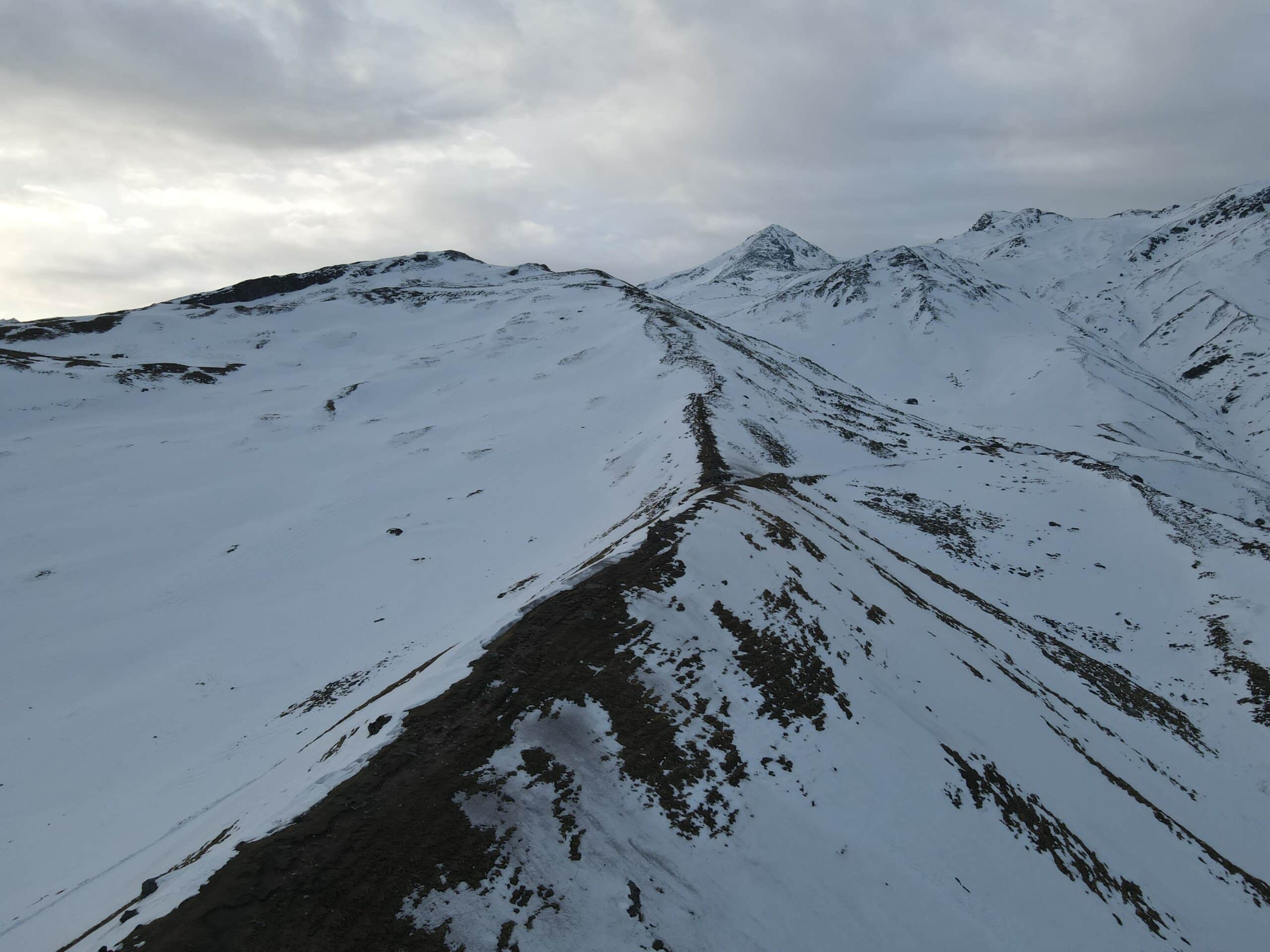Yoga for Hikers: Best Poses for Pre-Trek Stretching & Post-Trek Recovery
Trekking requires strength, endurance and flexibility – qualities yoga beautifully enhances. No matter if you’re prepping your body for the rigors of trekking or recovering after a lengthy trek, proper yoga postures will prevent injuries, ease muscle soreness and increase flexibility. We have put together a list of essential yoga poses suitable for trekkers of every level to make yoga accessible to them all.
Pre-Trek Yoga: Poses to Warm Up and Energize
Yoga poses should be practiced daily for 30-60 minutes before starting to walk, holding each pose for 30-60 seconds while focusing on deep breathing exercises.
- Downward Dog (Adho Mukha Svanasana)
This asana offers many health advantages: stretching hamstrings and the spinal cord, calves and strengthening arms. From hands and knees, gently lift hips upward into an inverted “V”. Press heels down toward the ground as you extend arms out from your hands.
- Low Lunge (Anjaneyasana)
Benefits: This pose opens hip muscles and the groin; it prepares you for climbing hills.
Steps for Performance: From a lunge in a seated position, lower your back knee before raising your arms toward the ceiling to complete this pose.
- Standing Forward Fold (Uttanasana)
This pose has multiple benefits for loosening hamstrings, calves and back muscles. To do it yourself: Stand tall and exhale before folding to one side from the hips while relaxing your shoulders and resting your head on the floor.
- Cat-Cow Stretch (Marjaryasana-Bitilasana)
The benefits of Marjaryasana-Bitilasana include improving spine flexibility and mobility. On hands and knees, alternate stretching your back (cow) with circling (cat).
- Mountain Pose (Tadasana) + Arm Raises
This pose offers many benefits: It stimulates posture muscles while improving breath consciousness. To use, stand tall and raise arms on inhale, then lower them on exhale to synchronize breathing.
Trekup India Tip: It is best to keep pre-trek practice active and lively to prevent muscles from relaxing too much in preparation for intense trekking. Avoid static poses, which could allow muscles to become overly relaxed before beginning trekking.
Post-Trek Yoga: Poses to Cool Down and Recover
After trekking for an extended period, your back, legs, and shoulders will require your care in terms of recovery. Recovery helps ease tight muscles, relieve pain, and unwind your nervous system.
- Legs-Up-The-Wall Pose (Viparita Karani)
This pose can help to relieve fatigue in the legs while decreasing swelling. Simply lie down with legs against a wall or a vertically placed tent pole for five to ten minutes for optimal results.
- Reclining Pigeon Pose (Supta Kapotasana)
It has several advantages; these include relieving tension in your glutes and hips as well as soothing your overall posture.
To do it: Simply lie on your back, cross one leg over the knee of the opposing side, pull towards your chest with both legs crossing over at different intervals until they meet in front of the chest area.
- Child’s Pose (Balasana)
This pose offers several health benefits, including relieving back muscles, hips and nervous system tension. To perform, kneel, bend forward from your waist, then place your forehead on either a mat or the ground before resting your forehead on top of a cushioned surface (such as a mat or the floor).
- Seated Forward Bend (Paschimottanasana)
Benefits: It stretches both hamstrings and the spinal cord.
What to Do: Sit with legs open, extend them out to either side and reach out with ease without forcing. Be mindful not to push this stretch!
- Thread the Needle
This technique offers several benefits for reducing shoulder and upper back tension, including relieving headaches. From your hands and knees position, place one hand beneath your armpit so as to move the head and shoulders toward either side of you.
Trekup India Tip: Use your breath as a reference point; exhale and inhale to increase or decrease the intensity of postures, helping relax muscles and calm the mind after an exhausting day.
Where & When to Practice Yoga on a Trek
Before packing up your camping gear, spend 5-10 minutes performing gentle yoga poses that warm your muscles up before beginning the packing process. Stretch after arriving and before eating dinner to aid the recovery.
Summit Days: For optimal performance, stay minimalistic by keeping focus on breathing deeply while doing light stretching of the hips.
Conclusion
Yoga doesn’t require a yoga mat, studio space or even a perfect range of motion to reap its rewards; all it needs is focus and approximately 10 minutes each day devoted to practicing this ancient practice. Yoga could make the difference between awakening to sore back pain or awakening feeling strong and ready to face whatever lies ahead for your day.
About Author
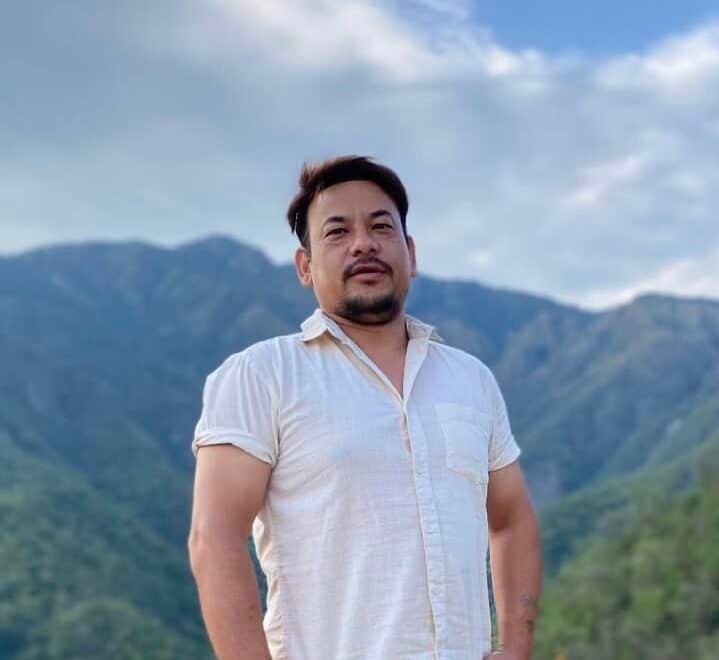
Nanda Rawat (Operation Manager)
Nanda Rawat holds a Master’s degree in Tourism and Hospitality and is a seasoned professional specializing in Adventure and Leisure Travel. As a travel specialist and consultant, his core mission has always been to deliver exceptional service by sharing the full breadth of his experience, ensuring client satisfaction on a global scale.
With over 16 years of experience, Nanda has worked with three well-established tourism companies, gaining deep insight into both inbound and domestic travel operations. He has contributed directly and indirectly to the Adventure Tour Operators Association of India (ATOAI) and has participated in multiple Immediate First Aid Training programs at the Indian Mountaineering Foundation (IMF).
In addition to his fieldwork, Nanda has shared his expertise through guest lectures in tourism and hospitality at various universities. He has independently led numerous expeditions across the Indian Himalayas and was actively involved in the rescue operations during the 2010 Ladakh flash floods.
In recognition of his outstanding coordination skills, he was honored with the Best Travel Coordinator Award by Joy James Educational Trust in 2012. A strong advocate of ethics, sustainability, and eco-tourism, Nanda takes great pride in being an integral part of Trekup India.
Write to him at: nanda@trekupindia.com
Share this article
Dates For Upcoming Treks
Want To Trek Like Pro?
Basically, watch these videos if you want to trek the same way professional trekkers do and make your skills better. These videos contain useful tips and techniques to further improve your trekking skills itself. These videos actually help both new and experienced trekkers improve their trekking skills. These videos definitely provide useful tips that make your trek better. We are seeing that these videos by Trekup India experts will only help you make your trekking skills better.
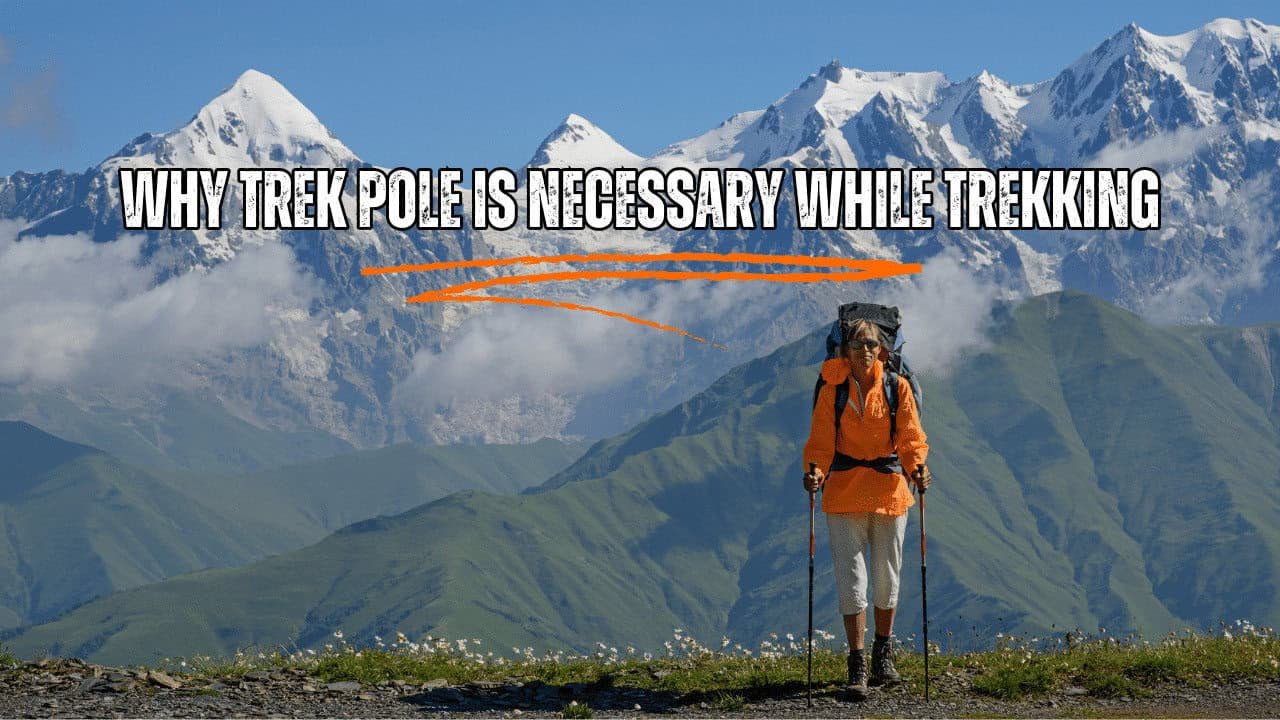
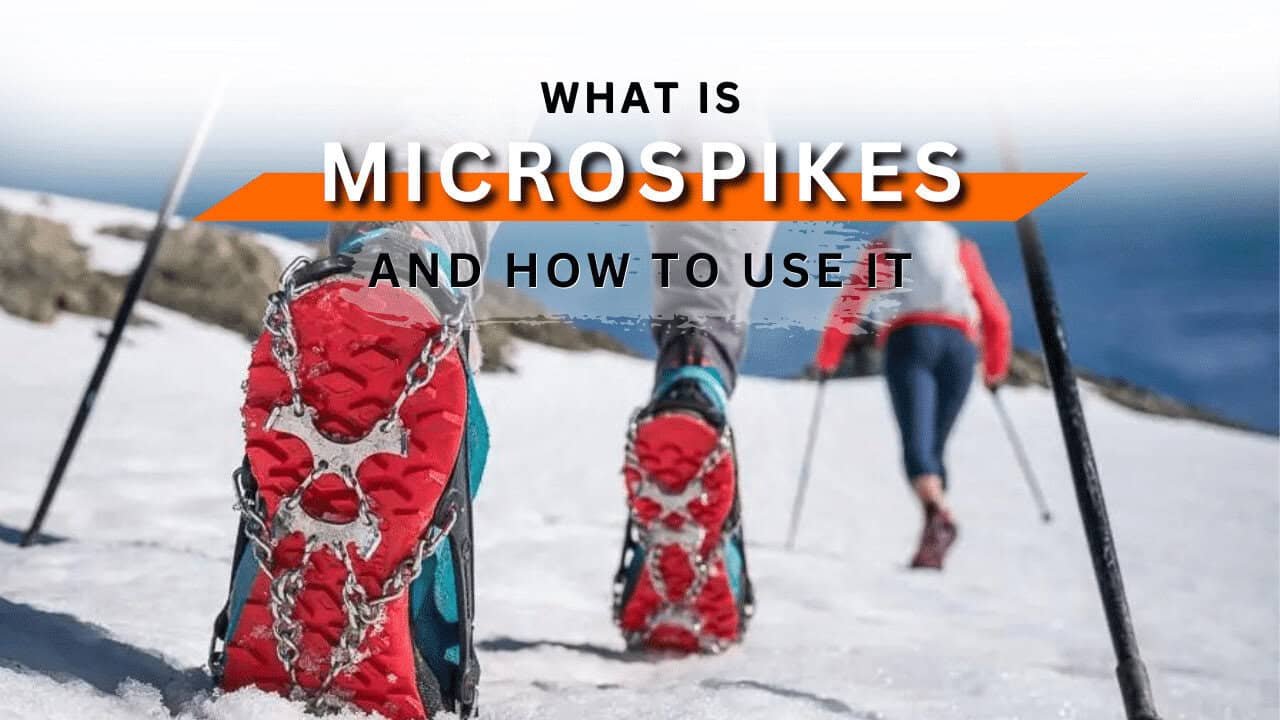
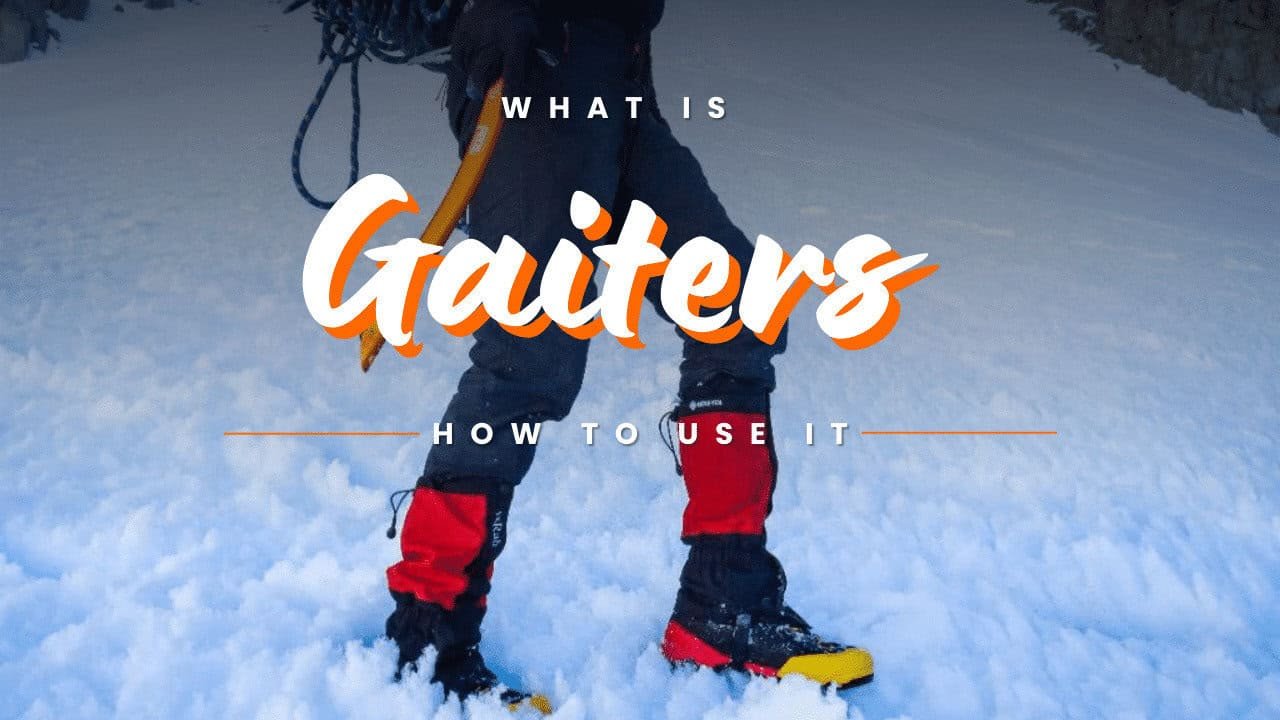
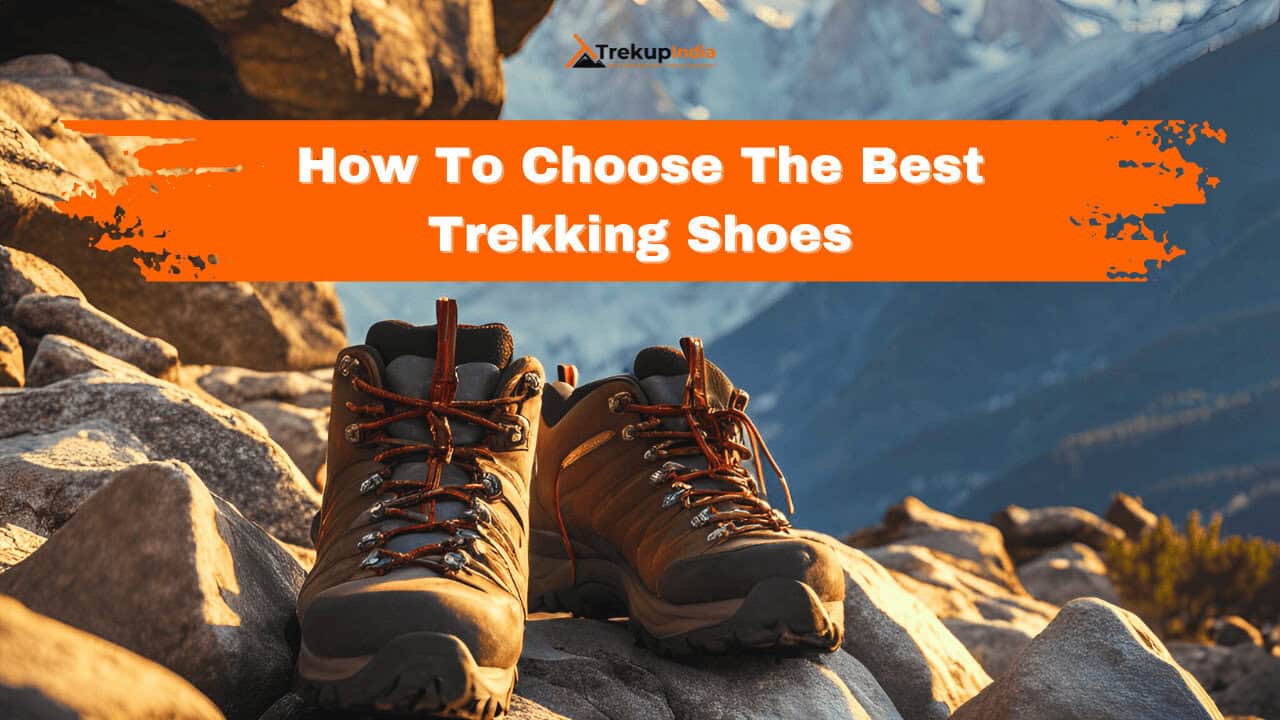

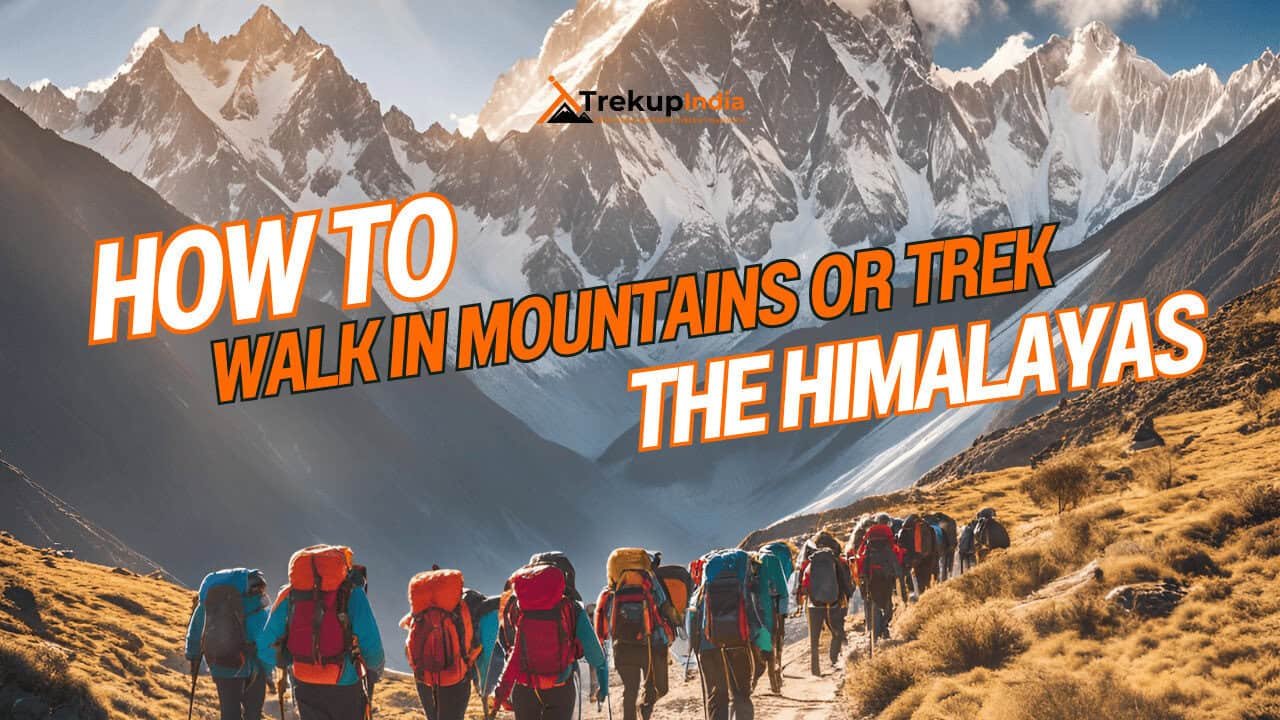

Know Everything About Acute Mountain Sickness
Acute Mountain Sickness occurs when people trek to high altitudes above 8,000 feet. This condition itself develops further due to reduced oxygen levels at such heights. Basically, as you go higher up, the air pressure and oxygen levels decrease, which causes the same problem. Acute Mountain Sickness surely causes headache, nausea, vomiting, and dizziness in affected persons. Moreover, peoples also experience difficulty in sleeping during this condition. To avoid mountain sickness, you should actually trek up slowly to higher altitudes. To learn further about this condition itself, watch the videos by Trekup India.
